Didim
Didim, or formerly known as Yenihisar, is a touristic district of Aydın. It is in the form of a peninsula bordered by the Muğla provincial border, Güllük Bay and Akbük Bay in the east, the Aegean Sea in the west and south, and Bafa Lake and Büyük Menderes in the north. Its surface area is 402 km². According to the 2022 census results, there are 16 neighborhoods in the district where 97,000 people live. The first traces of settlement in Didim district date back to the Neolithic Period (8000 BC). In the 16th century BC, the existence of Mycenaean, Cretan and later Achaean colonies was observed. After the gates of Anatolia were opened to the Turks after the Battle of Manzikert in 1071, after the Persians, Romans and Byzantines, this region, which was first called Caria, was taken over by the Turks. After the 1st Crusade, it fell into the hands of Byzantium again. After 1261, with the establishment of the Menteşe Principality in Caria, Didim and its surroundings were included in this principality. It continued its existence under the name "Yeronda - Yoran" during the Ottoman Empire. On 23 March 1924, in accordance with the Treaty of Lausanne, immigrants coming from the Pravuşta region of Thessaloniki and its villages (Kuçkar, Devekıran) became the first owners of Didim. The Greeks who left Yoran founded a village in the place they went to, Nea Yeronda, which means New Yoran. Yoran, which was previously known as "Hisar" among the public after the 1955 earthquake, took the name "Yenihisar" after moving to disaster houses built by the state. While Didim and its surroundings were a part of Söke district until May 9, 1990, with a law published on that date, it became a district with Yenihisar as the center, Akbük, Akyeniköy towns, Akköy, Balat, Batıköy, Denizköy and Yalıköy villages and Akbük taken from Milas district. In 1999, in order to avoid similarity in names, the name of Yenihisar district, which is located only in one place in the world and comes from "Didymaion" as its root, was changed to Didim. The district's economy is primarily based on tourism and secondarily on agriculture. In the past, tobacco was in the first place among field products, but after the restrictions on tobacco production, people stopped growing tobacco. Today, olives and figs rank first. Olive oil production has been increasing in recent years. There are also olive oil factories for its production. Fishing is another source of income in the district. There are also fish factories in the district. Livestock farming is sufficient to meet consumption needs, and especially small cattle breeding comes to the fore. The economy is positively affected in the district, which is visited by a significant number of tourists during the summer months. Altinkum beach and the Temple of Apollo are very popular for tourists coming to the region. Turkey's first and only vegan festival, "Didim VegFest", has been celebrated in the district since 2018. The festival is held on the historical road next to the Temple of Apollo. In the festival, which includes vegan delicacies, many shows and events intertwined with Turkish culture are held. By hosting visitors from many parts of the world, a serious contribution is made to the district's economy. It consists of 16 neighborhoods within the district. Additionally, the region has received a large amount of immigration.




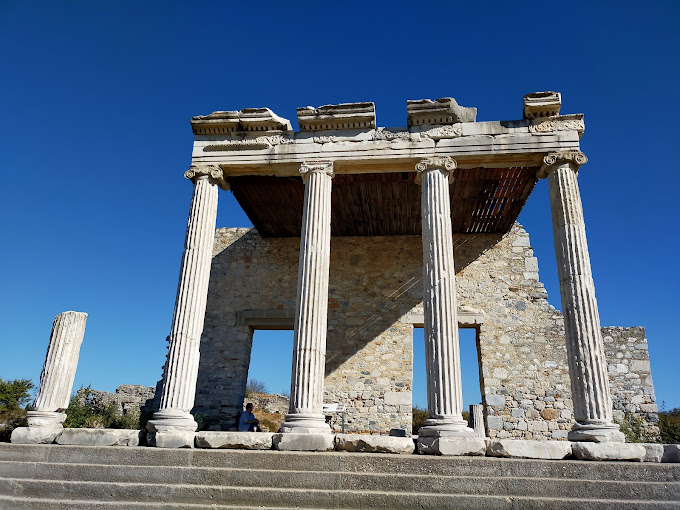
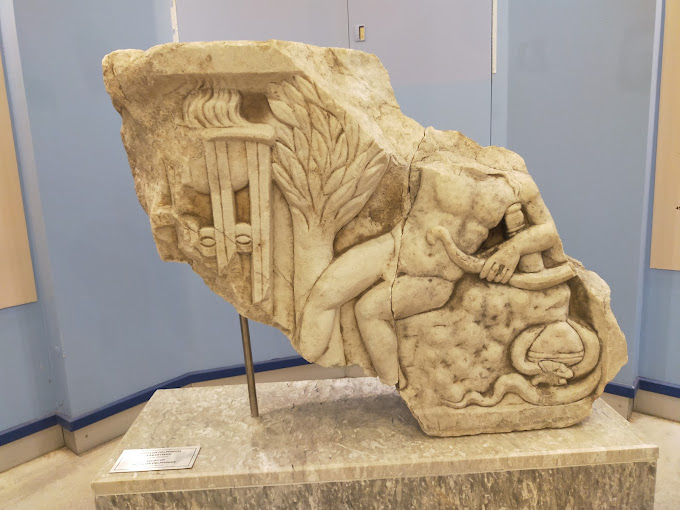
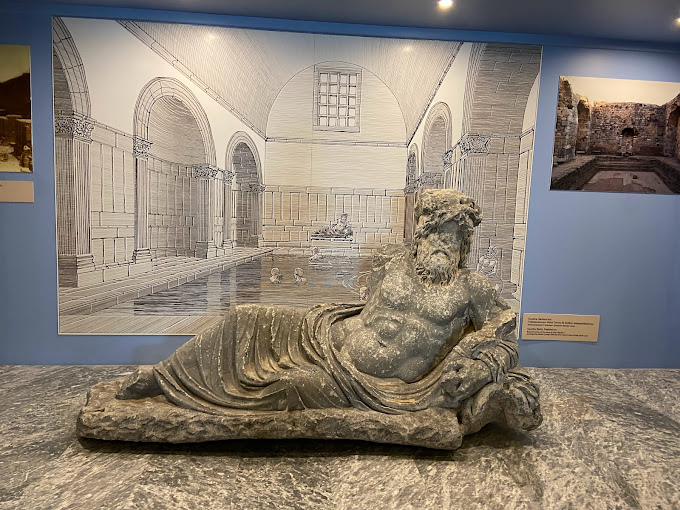
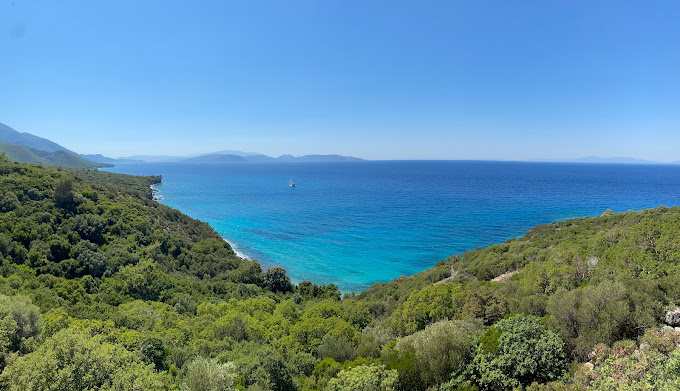
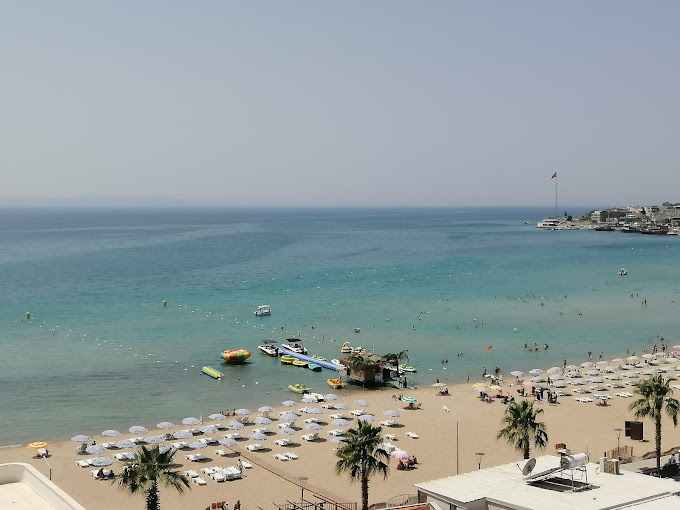
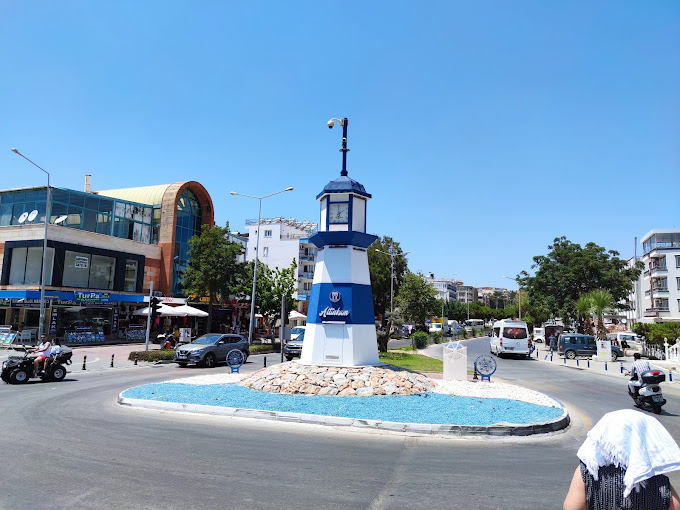
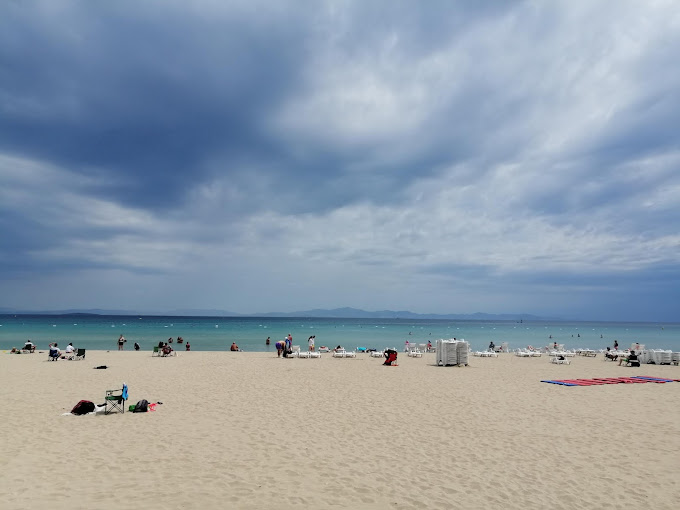
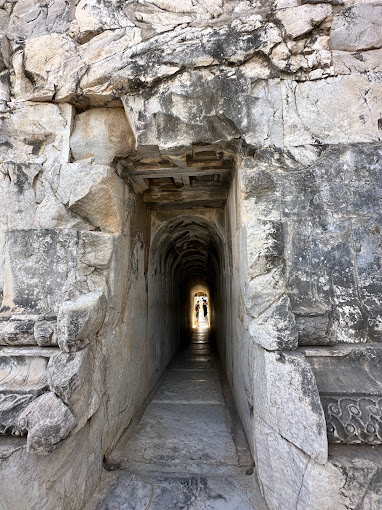
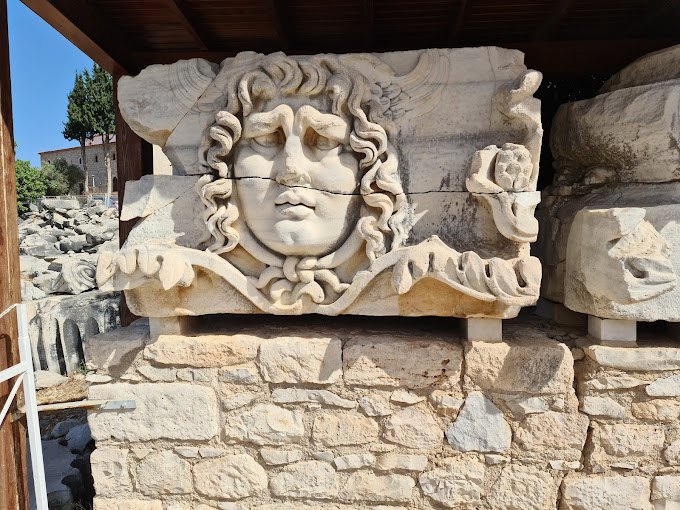
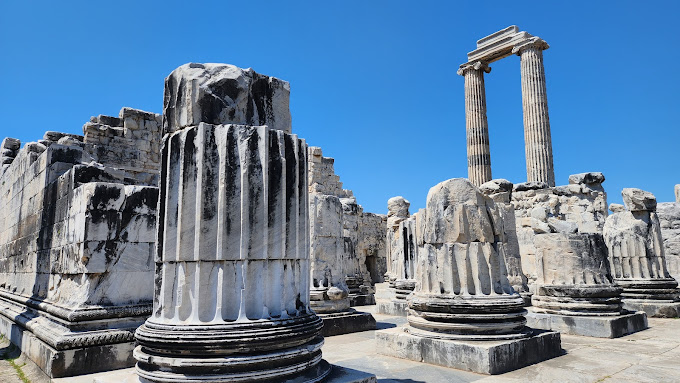
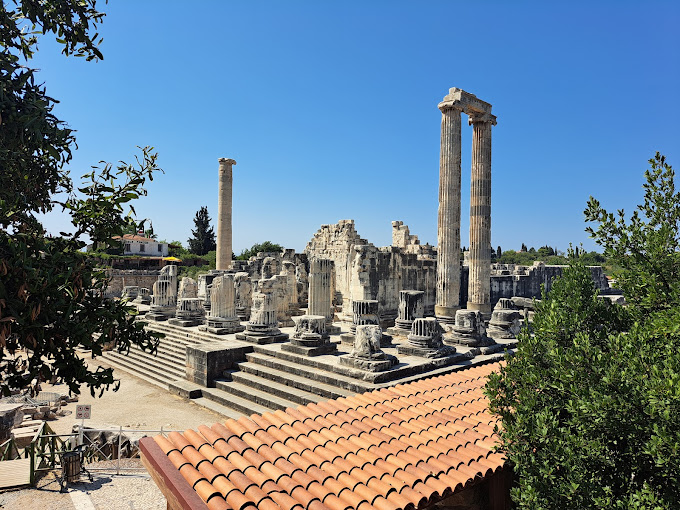
Leave Your Comments